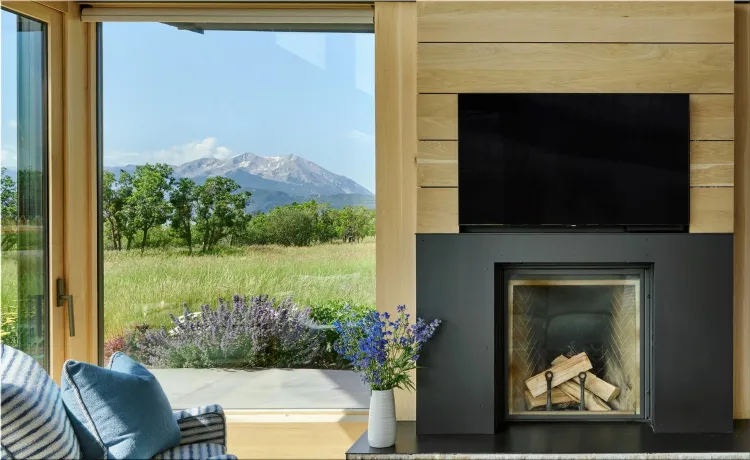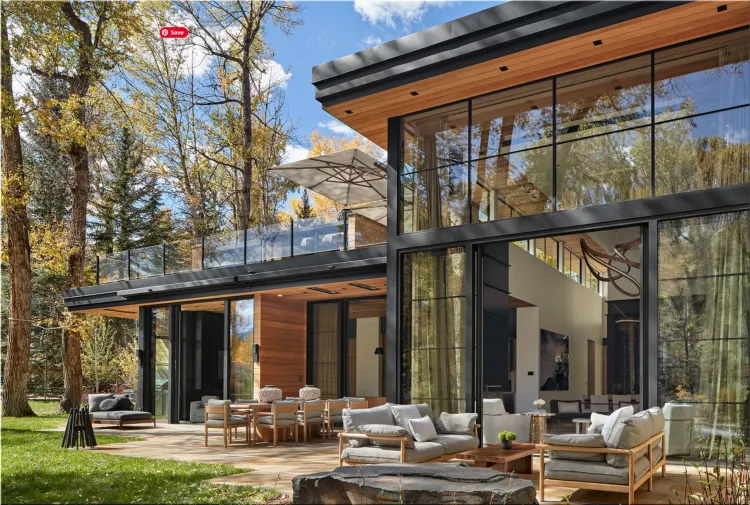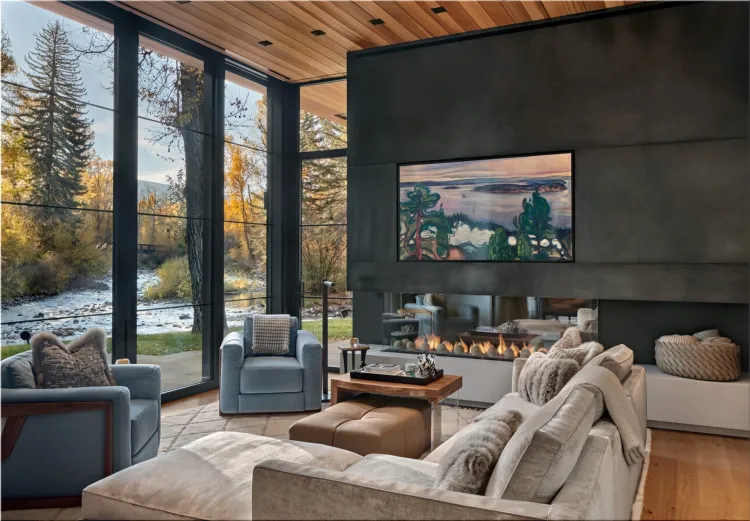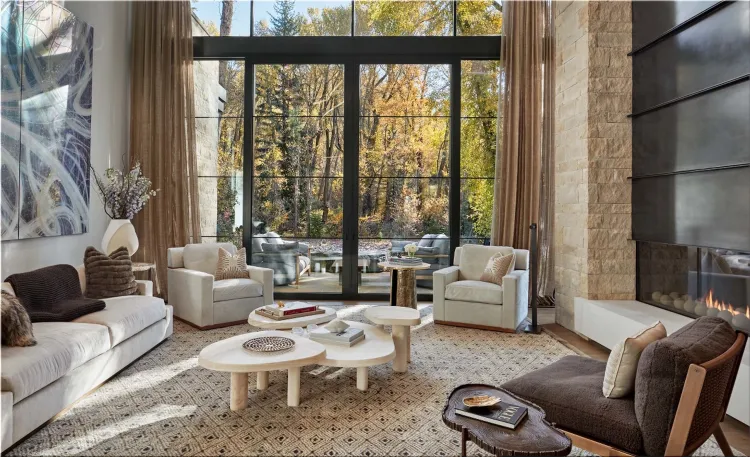Brighter Spaces: How Architecture is Making Homes More Efficient and Sustainable
Table of Contents
- Sustainable Design
- The Rise of Smart Homes
- Open Concept Living
- Biophilic Design
- Adaptive Reuse of Spaces
- Multifunctional Spaces
- Wellness in Architecture
- Community-Centric Design
Sustainable Design
Sustainability is no longer a buzzword; it's an essential aspect of modern architecture. Incorporating energy-efficient designs and eco-friendly materials is drastically transforming how buildings are constructed. Integrating sustainable practices into their projects to significantly reduce environmental impact. These innovations, from solar panels to geothermal heating, are environmentally friendly and cost-effective in the long run.
Sustainable design extends beyond energy efficiency. It encompasses water conservation through low-flow fixtures and rainwater harvesting systems. Additionally, using recycled and locally sourced materials reduces carbon footprints and supports local businesses. Architectural firms like Forum Phi adopt this all-encompassing approach, considering every aspect of building design and construction to ensure that our planet's resources are preserved for future generations.
The Rise of Smart Homes
Technology is revolutionizing homes by enhancing efficiency and convenience. Modern living spaces are equipped with smart devices that improve everyday life. These technologies include smart thermostats, security systems, automated lighting, and voice-activated assistants. The rise of smart homes signifies a shift towards personalized environments. Smart thermostats learn daily routines, adjust temperature, and reduce costs. Smartphones can monitor and control security systems, providing peace of mind. Bright lighting can be programmed to match activities and moods, setting a new standard for comfort and convenience in modern homes.
Open Concept Living
Open-concept living is a trend that offers flexibility and community within homes by promoting better flow and interaction among family members. This design removes walls and barriers, seamlessly transitioning between different areas. One key benefit of open-concept living is the enhancement of natural light, making spaces appear brighter and more welcoming. This design encourages social interactions, allowing family members to engage more easily across different areas of the home. Open-concept spaces facilitate a connected and cohesive living experience, whether cooking in the kitchen or relaxing in the living room.
Biophilic Design
Biophilic design is gaining popularity as people become more aware of their connection to nature. This architectural approach integrates natural elements like plants, light, and water to create a harmonious living environment. Biophilic design aims to improve well-being through mood elevation, stress reduction, and productivity enhancement. Features like large windows, green walls, and natural materials promote a deeper connection with nature, benefiting mental health and promoting sustainability through natural and renewable resources.
Adaptive Reuse of Spaces
Adaptive reuse is repurposing old buildings and spaces for new uses and preserving historical architecture while offering unique living spaces. This sustainable alternative to new construction combines cultural heritage with modern needs, transforming obsolete structures into functional spaces. Examples include transforming industrial warehouses into loft apartments, old schools into condominiums, or historic buildings into boutique hotels. These projects preserve the architectural character of the original structures while incorporating modern amenities and design elements. Adaptive reuse also has environmental benefits, reducing the need for new construction materials and waste from demolition.
Multifunctional Spaces
The rise of remote work has led to a surge in the demand for multifunctional home spaces. These areas can be used for various things, like guest rooms double as home offices. These spaces offer flexibility, allowing homeowners to maximize the utility of every square foot. They often feature fold-away furniture, modular storage solutions, and sliding partitions that can be reconfigured quickly. This flexibility is essential in today's fast-paced world, as it allows for more efficient use of space.
Wellness in Architecture
Wellness in architecture is now a crucial design aspect, focusing on enhancing physical and mental health through natural light, proper ventilation, and non-toxic materials. This approach promotes a healthy living environment supporting physical and psychological health. Integrating wellness principles into design can be as simple as optimizing natural light through strategic window placement or using circadian lighting systems to promote better sleep patterns. Additionally, relaxation spaces like meditation rooms or spa-like bathrooms can be included to create environments that promote a healthier, more balanced lifestyle.
Community-Centric Design
Urban living is shifting towards designing spaces that promote community interaction, such as communal gardens, shared amenities, and public spaces. This strategy fights social alienation and increases a sense of community among locals by promoting cohesive and encouraging communities. Community-centric design includes co-housing developments and mixed-use buildings integrating residential, commercial, and recreational spaces. These designs aim to create vibrant, inclusive communities where people can live, work, and play nearby, thereby building more robust, more resilient neighborhoods that enrich the lives of their inhabitants.
- Add new comment
- 7 views
























